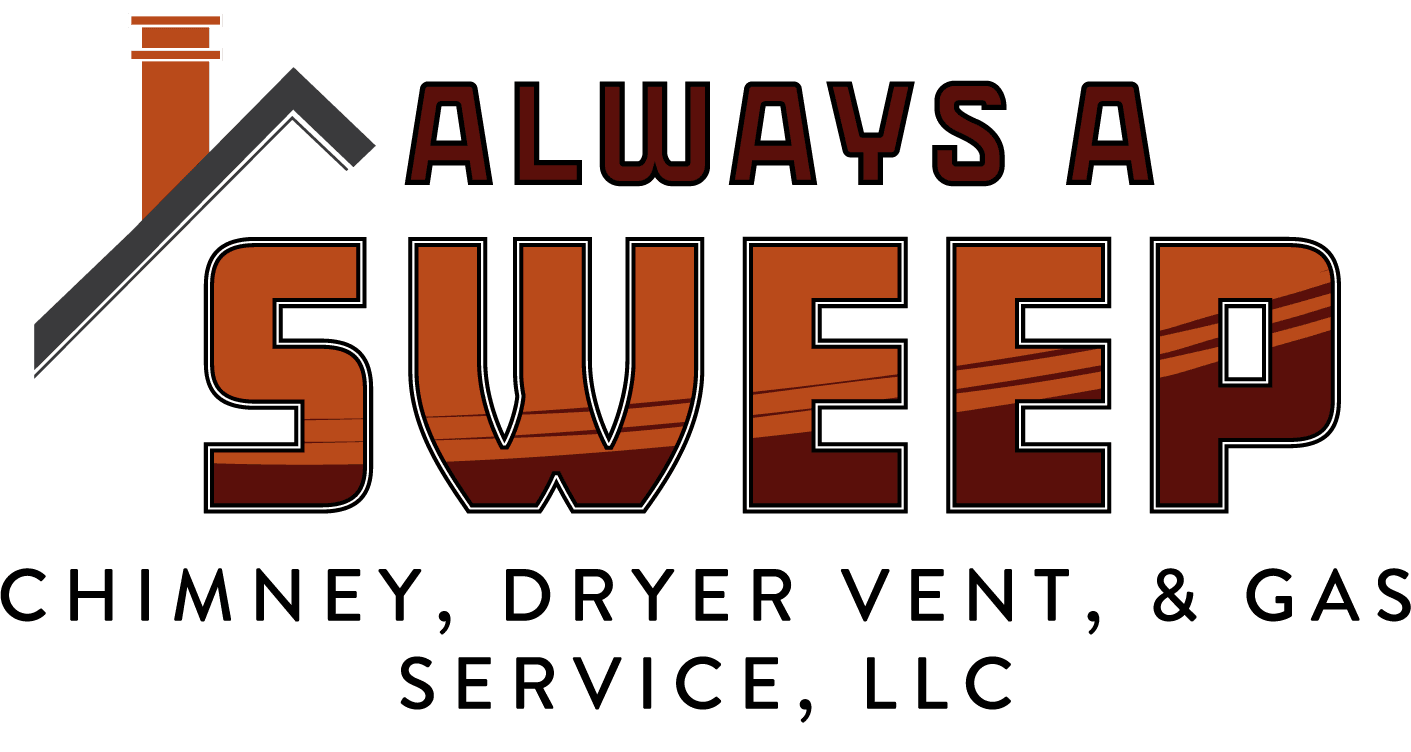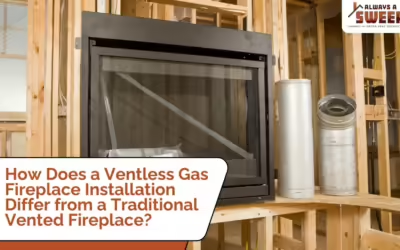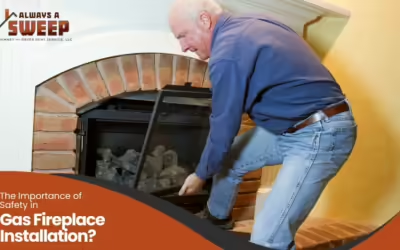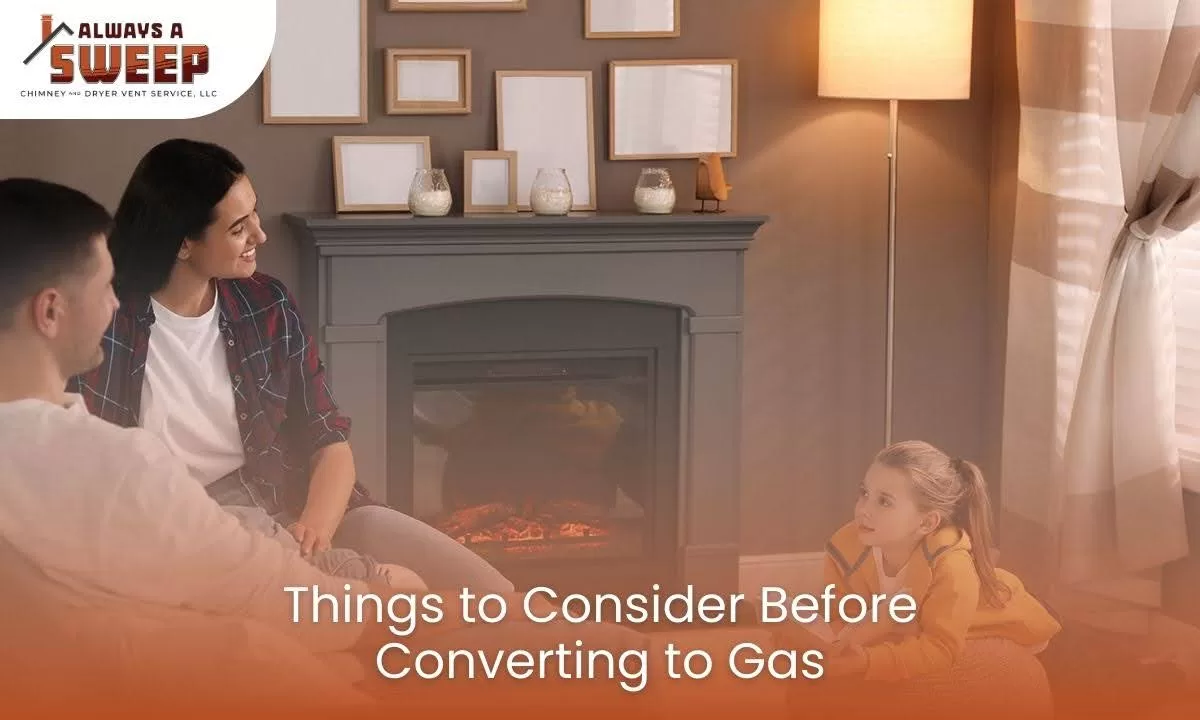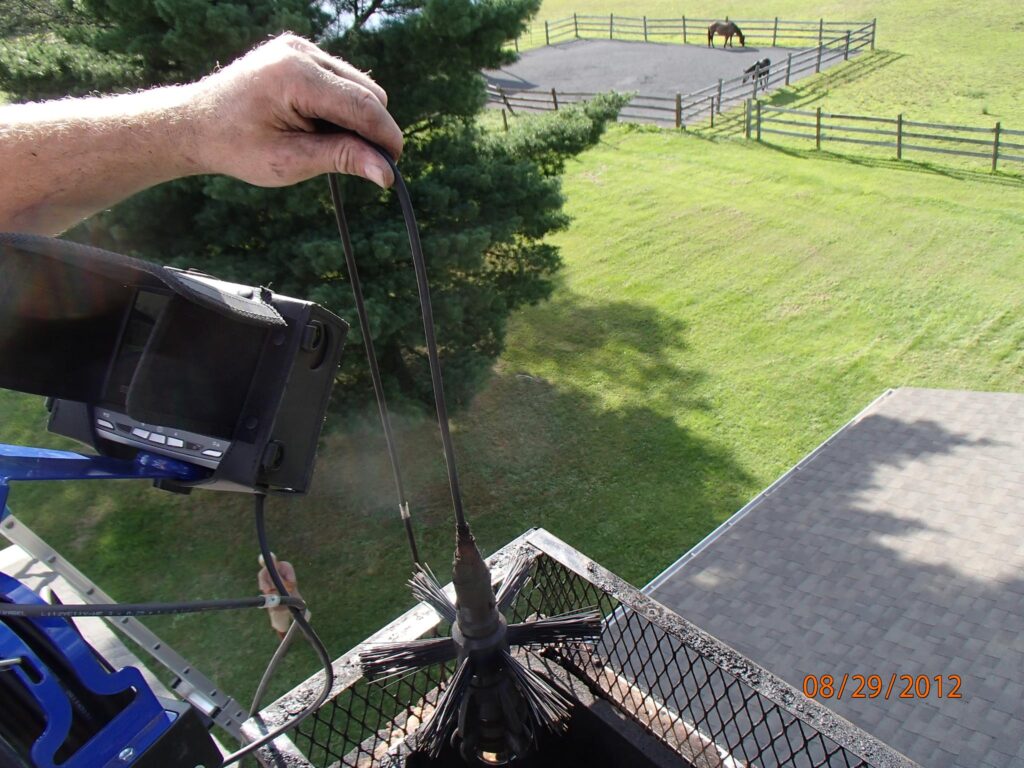How Does a Ventless Gas Fireplace Installation Differ from a Traditional Vented Fireplace? The Growing Popularity of Gas Fireplaces Gas fireplaces are increasingly popular in modern homes, offering warmth and ambiance without the hassle of wood-burning models....
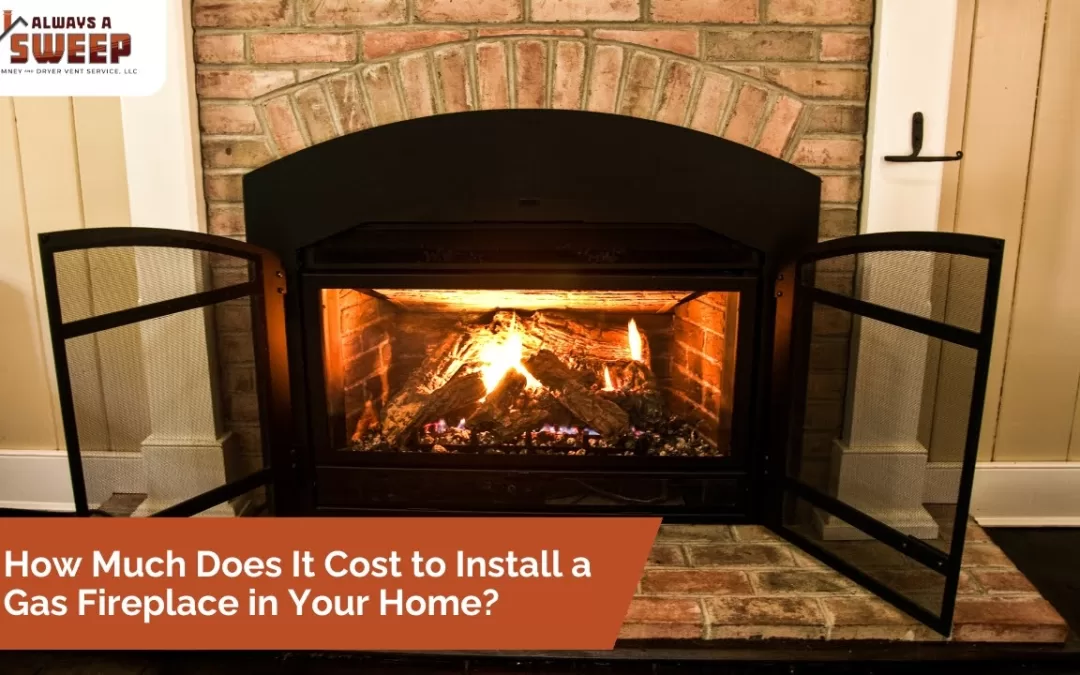
How Much Does It Cost to Install a Gas Fireplace in Your Home?
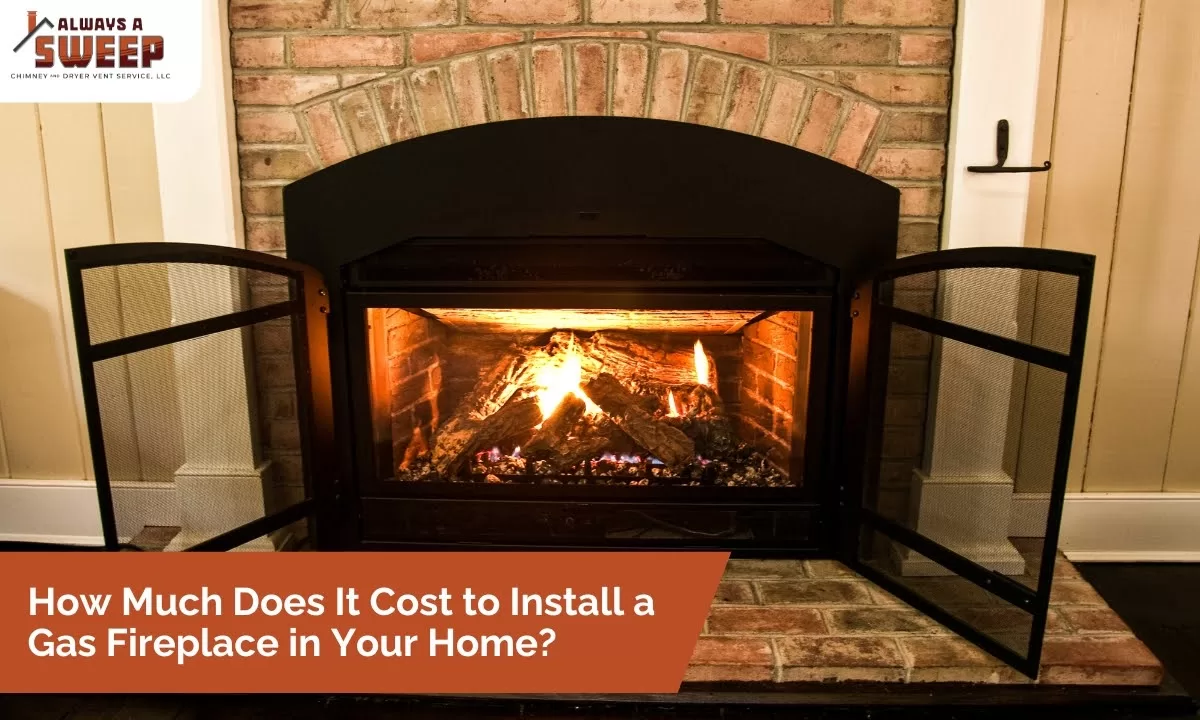
How Much Does It Cost to Install a Gas Fireplace in Your Home?
Installing a gas fireplace in your home is a fantastic way to add warmth and ambiance without the hassle of chopping wood or cleaning ashes. But before you cozy up next to those inviting flames, it’s important to understand the costs involved. In this comprehensive guide, we’ll break down the gas fireplace install cost, factors affecting it, and tips to ensure you get the best value for your money.
Why Choose a Gas Fireplace?
A gas fireplace offers several advantages over traditional wood-burning fireplaces. They’re cleaner, easier to operate, and often more efficient. Plus, with modern technology, you can control the flames with just the push of a button or a simple remote. But how much will it cost you to enjoy these benefits?
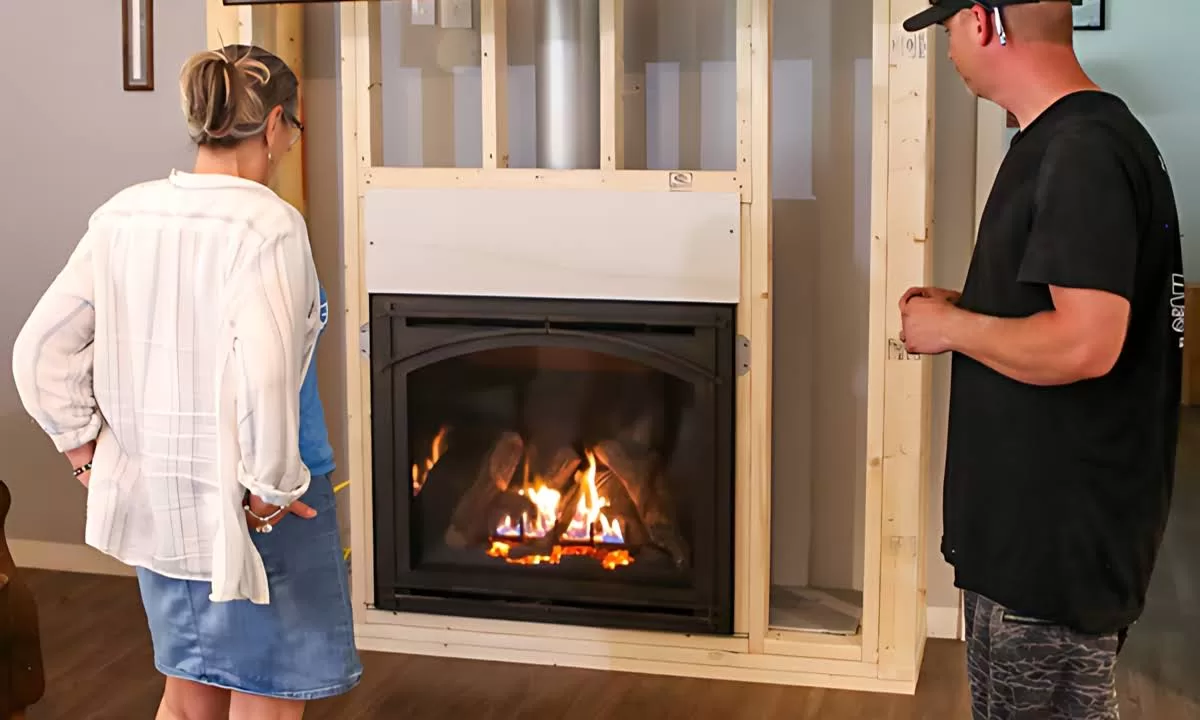
Understanding Gas Fireplace Install Cost
The gas fireplace install costcan vary widely based on several factors, including the type of fireplace, the complexity of the installation, and your location. On average, you can expect to spend anywhere from $2,000 to $5,000. Let’s break down the main components of this cost:
1. Type of Gas Fireplace
There are three main types of gas fireplaces: inserts, built-ins, and log sets. Each type comes with its own price range and installation requirements.
- Gas Fireplace Inserts:If you already have a wood-burning fireplace, a gas insert is a great option. These inserts fit into your existing fireplace and can range from $2,000 to $4,000, including installation.
- Built-in Gas Fireplaces:For homes without an existing fireplace, a built-in unit might be the way to go. These typically cost between $3,000 and $5,000, as they require more extensive installation work.
- Gas Log Sets:These are the most affordable option, usually costing between $1,500 and $3,000. They consist of gas logs that you place in an existing fireplace, but they don’t provide as much heat as inserts or built-ins.
2. Installation Complexity
The complexity of the installation plays a significant role in the overall gas fireplace install cost. Simple installations where a gas line is already in place will be less expensive than those requiring extensive modifications or new gas lines. Here’s a breakdown of potential costs:
- Existing Gas Line:If your home already has a gas line, the installation might cost between $500 and $1,000.
- New Gas Line Installation:If a new gas line is needed, expect to add another $500 to $2,000 to the total cost.
- Ventilation:Proper ventilation is crucial for safety. Direct vent fireplaces, which vent directly outside, are typically more expensive to install than ventless models. Venting can add $500 to $2,500 to the cost.
3. Location and Customization
Where you decide to install your gas fireplace also affects the cost. Wall-mounted units are generally cheaper to install than those requiring custom cabinetry or mantel work. Customizations like stone surrounds, mantels, or built-in shelves can add $500 to $2,000 or more to the gas fireplace install cost.
Additional Costs to Consider
While the primary components make up the bulk of the gas fireplace install cost, there are a few additional expenses to keep in mind:
- Permit Fees:Depending on local regulations, you may need a permit to install a gas fireplace. Permit fees can range from $50 to $500.
- Operating Costs:Gas fireplaces are generally efficient, but you’ll need to factor in the cost of natural gas or propane to operate the fireplace. On average, running a gas fireplace costs about $0.20 to $0.50 per hour.
- Maintenance:Regular maintenance is essential to ensure your gas fireplace operates safely and efficiently. Annual maintenance costs typically range from $100 to $200.
Tips for Reducing Gas Fireplace Install Cost
Here are some tips to help you manage and possibly reduce the gas fireplace install cost:
- Get Multiple Quotes:Always get at least three quotes from different contractors to compare prices and services.
- Plan Ahead:If you’re remodeling your home, plan the installation of your gas fireplace at the same time to save on labor costs.
- DIY Preparations:While the actual installation should be done by a professional, you can save money by doing some of the prep work yourself, like removing old fixtures or clearing the installation area.
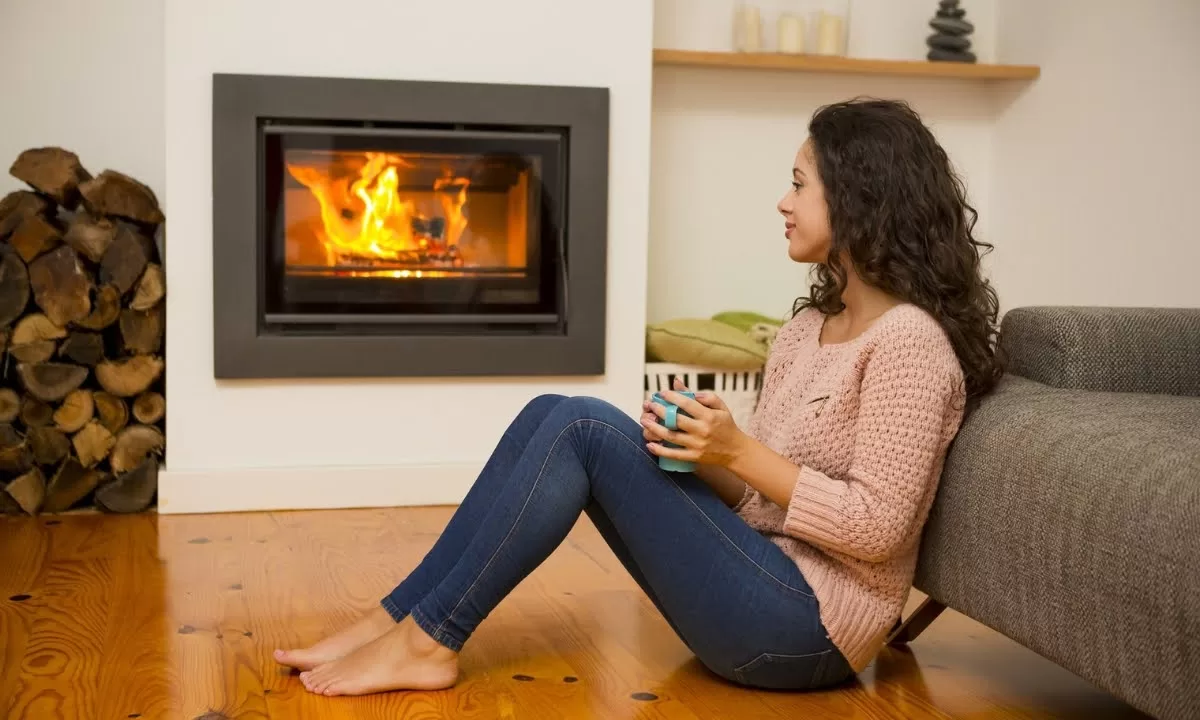
Is a Gas Fireplace Worth the Investment?
Considering the gas fireplace install cost, you might wonder if it’s worth the investment. The answer largely depends on your needs and preferences. Gas fireplaces can add value to your home, increase energy efficiency, and provide a convenient and attractive source of heat. If you enjoy the cozy ambiance of a fireplace without the maintenance of a wood-burning unit, a gas fireplace is an excellent choice.
Conclusion
Installing a gas fireplace in your home can be a significant investment, but it offers numerous benefits in terms of convenience, efficiency, and aesthetics. By understanding the factors that influence the gas fireplace install costand following the tips provided, you can make an informed decision that suits your budget and heating needs. Whether you choose a gas insert, built-in unit, or log set, you’ll be enjoying the warm, inviting glow of your new fireplace in no time.
Recent Blogs
How Does a Ventless Gas Fireplace Installation Differ from a Traditional Vented Fireplace?
What Steps Are Involved in a Professional Gas Fireplace Installation?
What Steps Are Involved in a Professional Gas Fireplace Installation? The Complexity of Gas Fireplace Installation Installing a gas fireplace can be a daunting task for homeowners who are unfamiliar with the intricacies involved. Many people find themselves...
The Importance of Safety in Gas Fireplace Installation
The Importance of Safety in Gas Fireplace Installation Installing a gas fireplace can transform your living space, providing warmth and ambiance with the convenience of modern technology. However, the installation process involves various technical and safety...
